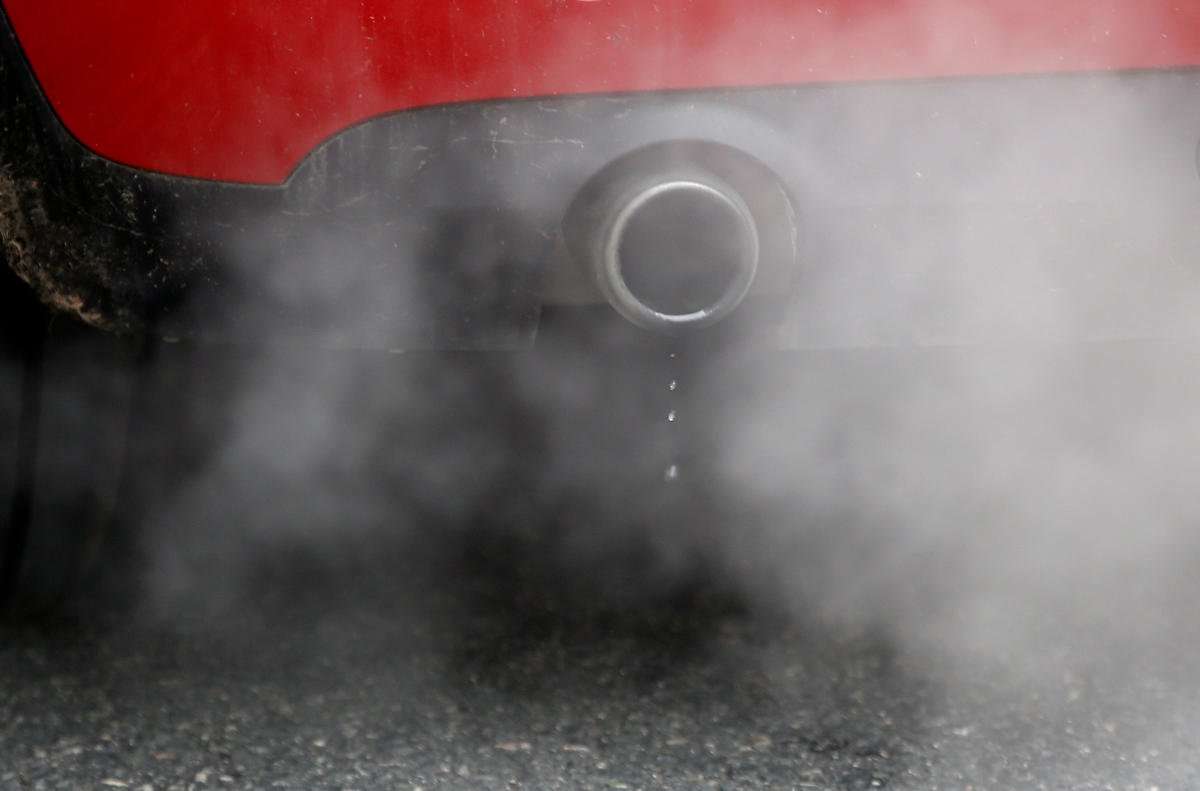Researchers have developed a new material that can selectively capture carbon dioxide molecules, and efficiently convert them into useful organic products -- an advance that may help develop new ways to contain global greenhouse gas emissions.
The researchers, including those from Kyoto University in Japan, said that the new material had high affinity towards carbon dioxide molecules, and can quickly and effectively convert it into useful organic materials.
The study, published in the journal Nature Communications, noted that a possible way to counteract the excess carbon dioxide produced from burning fossil fuels was to capture and sequester the greenhouse gas from the atmosphere.
However, the researchers said that currently available methods were highly energy-intensive to do so.
The new material developed by the researchers is a porous polymer -- PCP, also known as MOF or metal-organic framework -- consisting of zinc metal ions.
The researchers tested this material using X-ray structural analysis, and found that it can selectively capture only carbon dioxide molecules with ten times more efficiency than other PCPs.
The study noted that the material has an organic component with a propeller-like molecular structure.
When carbon dioxide molecules approach the structure, the researchers said that the molecule rotated and rearranged to trap the gas molecules.
This resulted in slight changes to the molecular channels within the PCP, allowing it to act as a sieve which can recognize molecules by their size and shape, the study noted.
The researchers said that the PCP is also recyclable with the efficiency of the trapping process not decreasing even after 10 reaction cycles.
"One of the greenest approaches to carbon capture is to recycle the carbon dioxide into high-value chemicals, such as cyclic carbonates which can be used in petrochemicals and pharmaceuticals," said co-author of the study Susumu Kitagawa from Kyoto University.
The researchers said that the captured gas molecules could be converted and used to make polyurethane -- a material with a wide variety of applications including clothing, domestic appliances and packaging.

skittlesmcgee33 on October 13rd, 2019 at 23:59 UTC »
Question - doesn’t the energy production required to bind CO2 into new molecules itself require the release of a similar amount of CO2 as a byproduct (assuming fossil fuels). I always thought it was kind of a zero sum situation with thermodynamics.
idontalwaysfactcheck on October 13rd, 2019 at 23:38 UTC »
Yes, everyone, we know trees and algae already do this, and yes we should protect both, but having the option to create something like this is also helpful, because it takes time for trees and algae to regrow.
FillsYourNiche on October 13rd, 2019 at 19:30 UTC »
Journal article Carbon dioxide capture and efficient fixation in a dynamic porous coordination polymer.
Abstract: